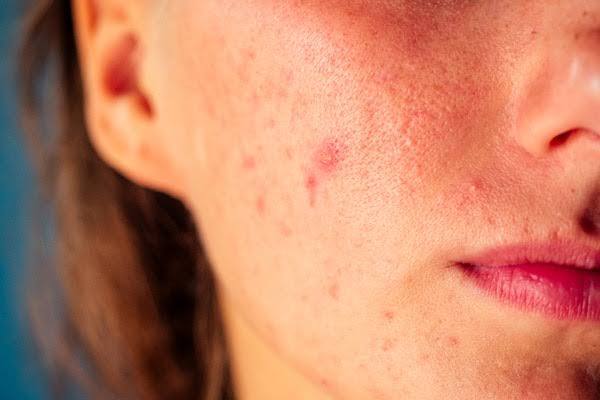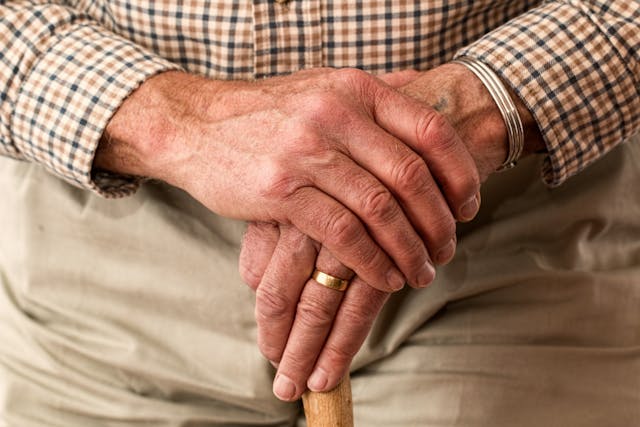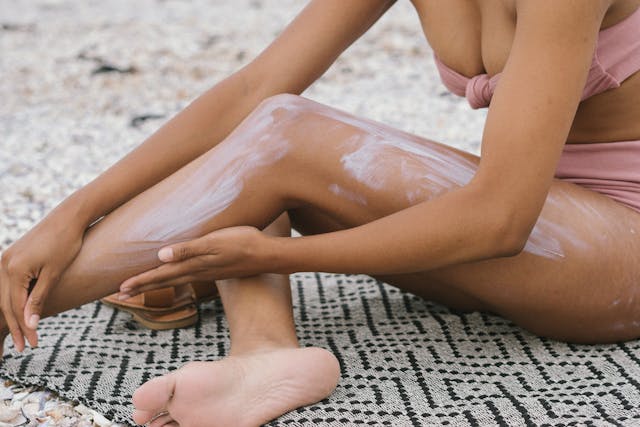
Waxing has certain disadvantages, despite its advantages. It can be uncomfortable and cause breakouts or ingrown hairs. Although uncommon, it may cause bruising or skin infections in those who are sensitive. However, most of the negative consequences of waxing can be avoided or at least mitigated.

This article discusses some of the most common waxing side effects and how to cope with them if they occur. Folliculitis
Folliculitis is a bacterial skin infection caused by damage to the hair follicles. It can also be caused by shaving. Waxing-induced folliculitis is more common on the arms, according to one study. 4
Folliculitis, according to the AAD, normally goes away on its own.
Apply a warm compress to the affected area for 15 to 20 minutes three or more times per day to aid it along and relieve discomfort. You should also refrain from waxing, shaving, or plucking for at least 30 days.
Antibiotics may be required if the folliculitis is persistent.
Hairs that have grown inwards

Almost all hair removal procedures cause ingrown hairs as a negative effect.
6 These are microscopic hairs that curl back into the skin and continue to grow if not completely removed. This procedure causes small lumps that look like pimples.
Ingrown hairs might cause infection as a negative effect. Exfoliate your skin before and after waxing to avoid them. Exfoliation helps maintain hairs pointing in the right direction by removing dead skin and debris.
Sunburn
Waxing removes a very thin layer of skin along with the hair, making waxed areas more susceptible to sun exposure—a condition called as photosensitivity. If you use a hormonal contraceptive, such as birth control pills, you’re more likely to develop this sensitivity.
Use sunscreen on exposed parts or wear protective clothes outside, even on cloudy days, to avoid the sun’s harmful effects on waxed skin.
Infection
Waxing isn’t known for causing infection. Waxing, on the other hand, might spread bacteria from one customer to the next if a salon or esthetician isn’t careful with cleanliness, such as not changing the wax or cleaning the equipment between visits.
If you develop any of these symptoms after waxing, visit your doctor straight away. If an infection is discovered, it can be treated with an antibacterial cream or ointment, as well as oral medications.
I hope this information is useful.








